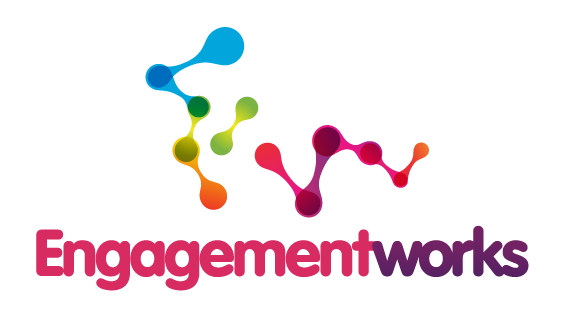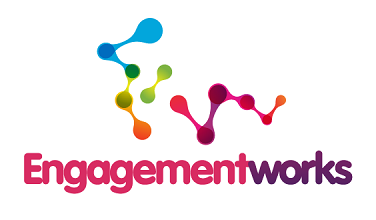Take the engagement spectrum for example. The most commonly referred to model in this part of the world is the (International Association for Public Participation) IAP2 version:
Inform – consult – involve – collaborate – empower
And there is the OECD version:
Information – consultation – active participation
And there are others:
Passive – reactive – participative – empowerment – leadership
Inform – consult – partner- empower
Announce – inform – consult – involve – collaborate – empower
What we have here is organisations creating their own spectrums using language they feel most comfortable with. However, this can all be very confusing.
The problem, in my mind, is that these references mean different things to different people. In addition the diagrammatic representations used create a common perception that the spectrum is a hierarchy, which it is not. In reality, it is, or should be, a set of clearly defined and different states.
The IAP2 spectrum is an interesting example of potentially confusing language. The inform level must be an element of all five levels. To inform is to impart information or make aware of, which is a necessary prerequisite for any of the other four levels. Consult, involve and collaborate all involve empowerment. To be consulted or to be invited to be involved or asked to collaborate on something is very empowering. Empowerment is a process that fosters power in people, for use in their own lives, their communities, and in their society, by acting on issues that they define as important. Consulting is involving someone in something in which they have an interest. So to consult is to involve or include. It means working together, which can also be described as collaborating.
While the use of these terms can be defended on grounds of it’s a question of degree, this is not particularly helpful for either the general public who have a very real interest in public decisions or engagement practitioners trying to figure out the appropriate level on the spectrum and later having to defend their choice.
So, what should the spectrum look like? How could it be described so as to be easily understood by both sides?
I tend to think about is as three different states; inform, involve and delegate.
This is what I mean –
Inform – in this state the communication is one-way only. What I think of as inside-out communicating. The organisation concerned pushes out information, probably in its own language, with no opportunity for a response from the target audience. In this state the organisation concerned remains accountable and responsible for the consequences or outcomes.
Involve – here conversations take place and real listening occurs. This could embrace, for example, all of the steps of the IAP2 spectrum. The organisation works actively with its communities of interest to achieve, as far as possible a mutually acceptable solution. The parties actively strive for consensus. This is very much a two-way approach where accountability and responsibility for the outcomes is shared. It is a state that builds trust and respect.
Delegate – in this outside-in state, the stakeholders or community develop their own preferred solutions which are then implemented by the host organisation, subject to any legal compliance obligations. Where for legal reasons the organisation needs to own the decision, it takes the necessary legal steps. In other words if, say, a council needs to make a formal decision, it simply passes the necessary resolution in compliance with relevant law. Accountability and responsibility for the outcomes rests with the community or stakeholders.
A recent LinkedIn discussion questioned whether inform is a legitimate engagement level. However, setting aside the word itself (for which there may be a better one) the key is that inform is a one-way communication from the host organisation outwards, irrespective of it being either positively or negatively motivated. Involve, on the other hand is two-way, with a free flow of information and conversation with the public able to influence the outcome. The direction of flow changes with delegate because it is the community feeding the solution into the organisation for adoption and implementation.
I began this discussion by referring to the importance of language. For each of these states the language used is likely to vary depending on the parties involved. In inform, for example there could be the language of the host organisation which could be incomprehensible to the target audience, whereas with involve plain English is more likely to prevail.


 RSS Feed
RSS Feed
